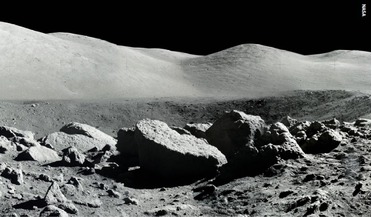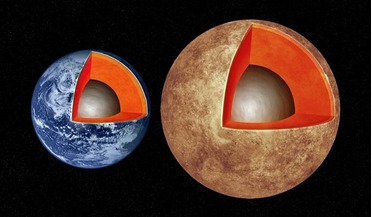 October 2021
Mining lunar hydrogen
October 2021
Mining lunar hydrogen
... ‘hydrogen energy’, which, due to heightened environmental challenges, concentrates on replacing ‘carbon energy’ based on utilising natural methane, coal and oil. This presents the possibility of technologies for direct use on the Moon, including...
 November 2021
Space in support of sustainable development
November 2021
Space in support of sustainable development
... decision-making. Starting in the atmosphere, satellites can detect levels of greenhouse gases, such as carbon dioxide and methane, and what impact rising levels are having on humans, animals and the environment. Additionally, EO satellites are...
 January 2022
Earth - no longer humanity’s only home
January 2022
Earth - no longer humanity’s only home
... not be fully successful on the first flight the importance is learning. This launch vehicle uses oxygen and methane and these propellants can come from Mars. The vision described in the original article is being updated...
 March 2022
Space travel and environmental sustainability
March 2022
Space travel and environmental sustainability
..., both financial and environmental, over a hundred or more flights; the switch from dirty fuels to relatively clean methane and hydrogen; and an increase in traffic to levels high enough for economies of scale and technological maturity...
 April 2024
Terraformal dreaming
April 2024
Terraformal dreaming
..., it would probably require the same mixture of hydrogen, carbon, oxygen, nitrogen, phosphorous, and sulphur, along with “methane, ammonia, formaldehyde, sulphides, nitriles and simple sugars,” that gave rise to life on our own planet. Artist...
 09 February 2016
Are Earth-like worlds built like Earth?
09 February 2016
Are Earth-like worlds built like Earth?
... and mass, its composition is about one-third ice (mostly water ice but also ammonia and methane ices). The next step will to be determine if the extra-solar system these planets are detected in have...